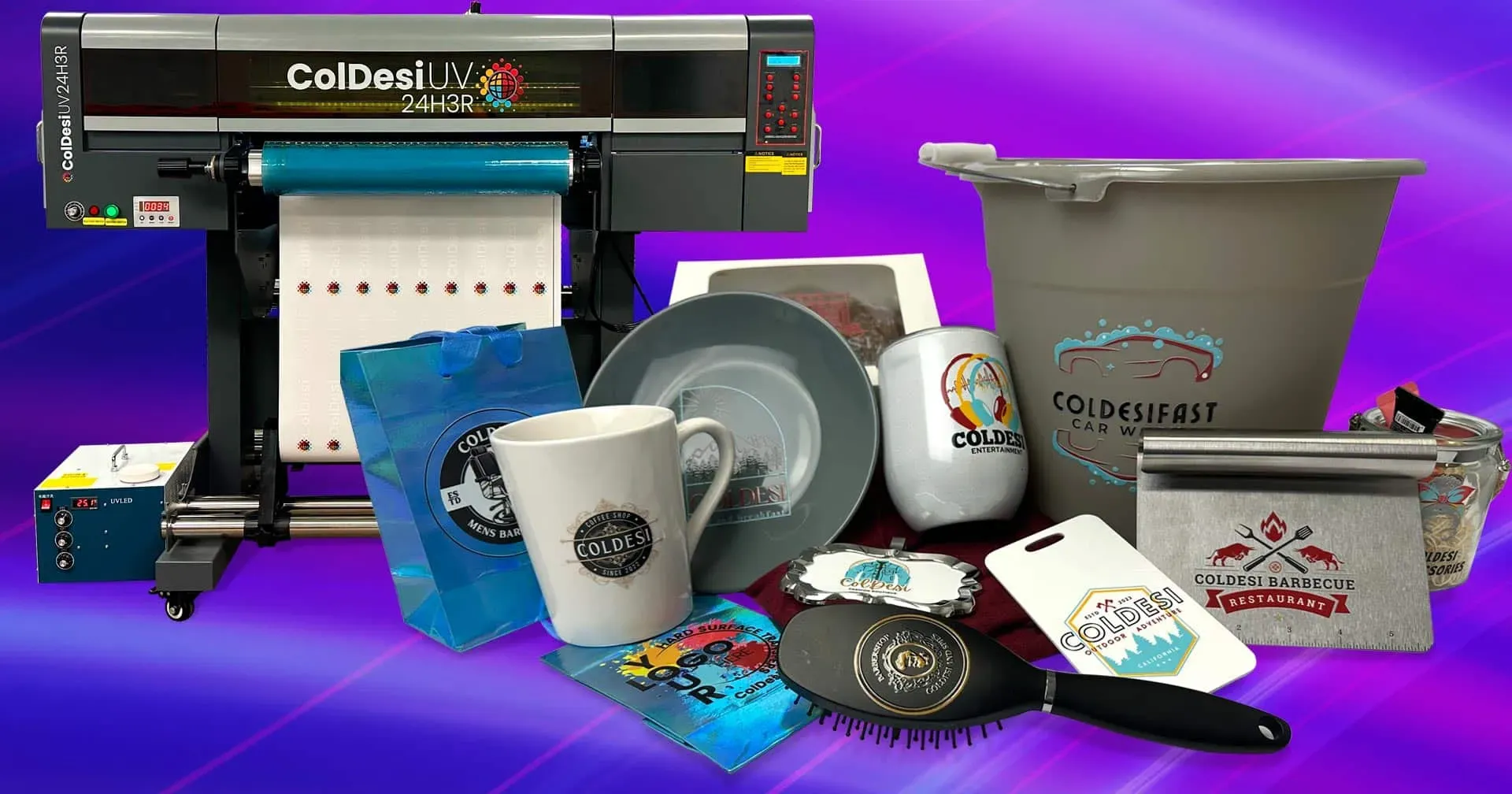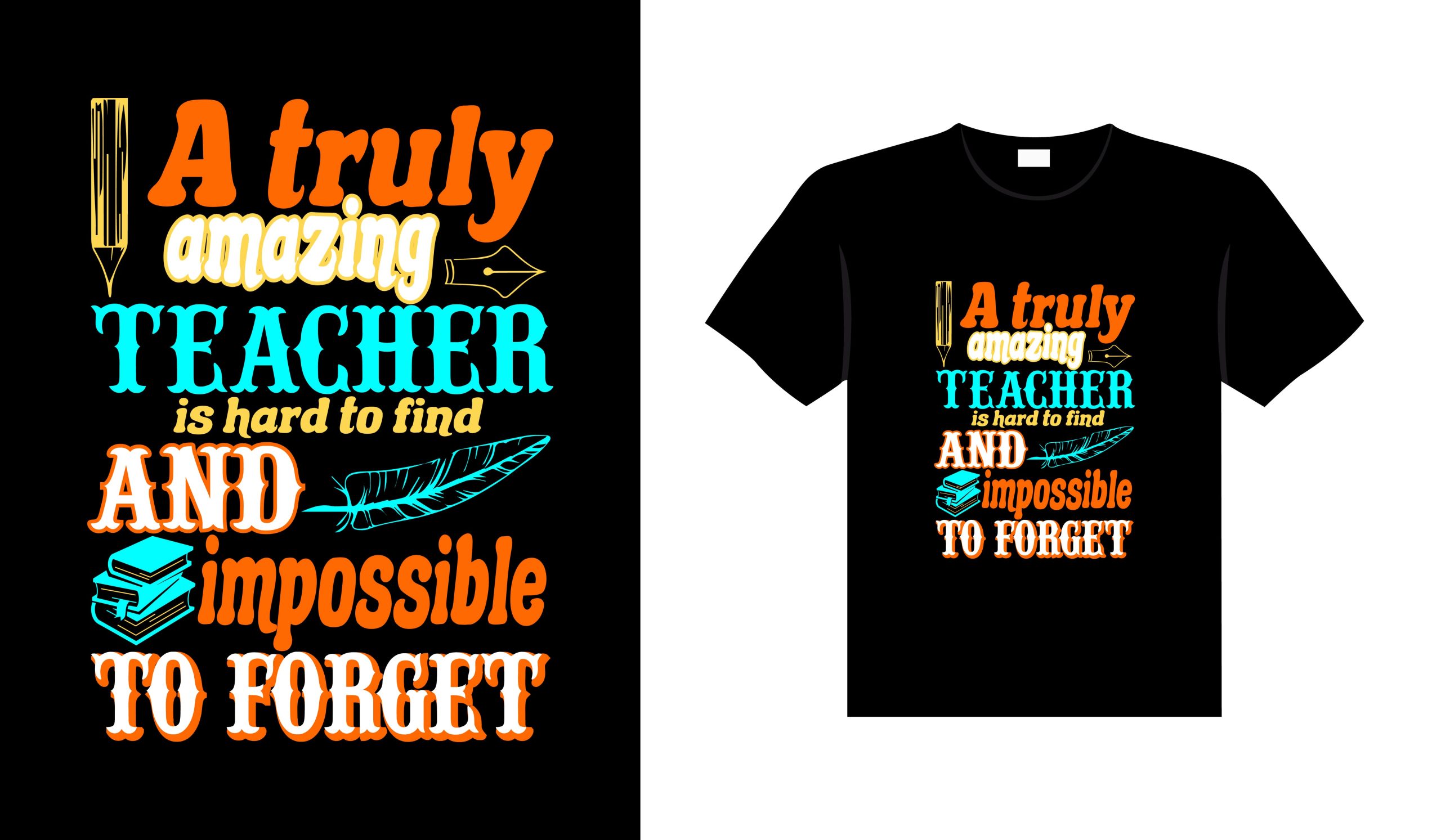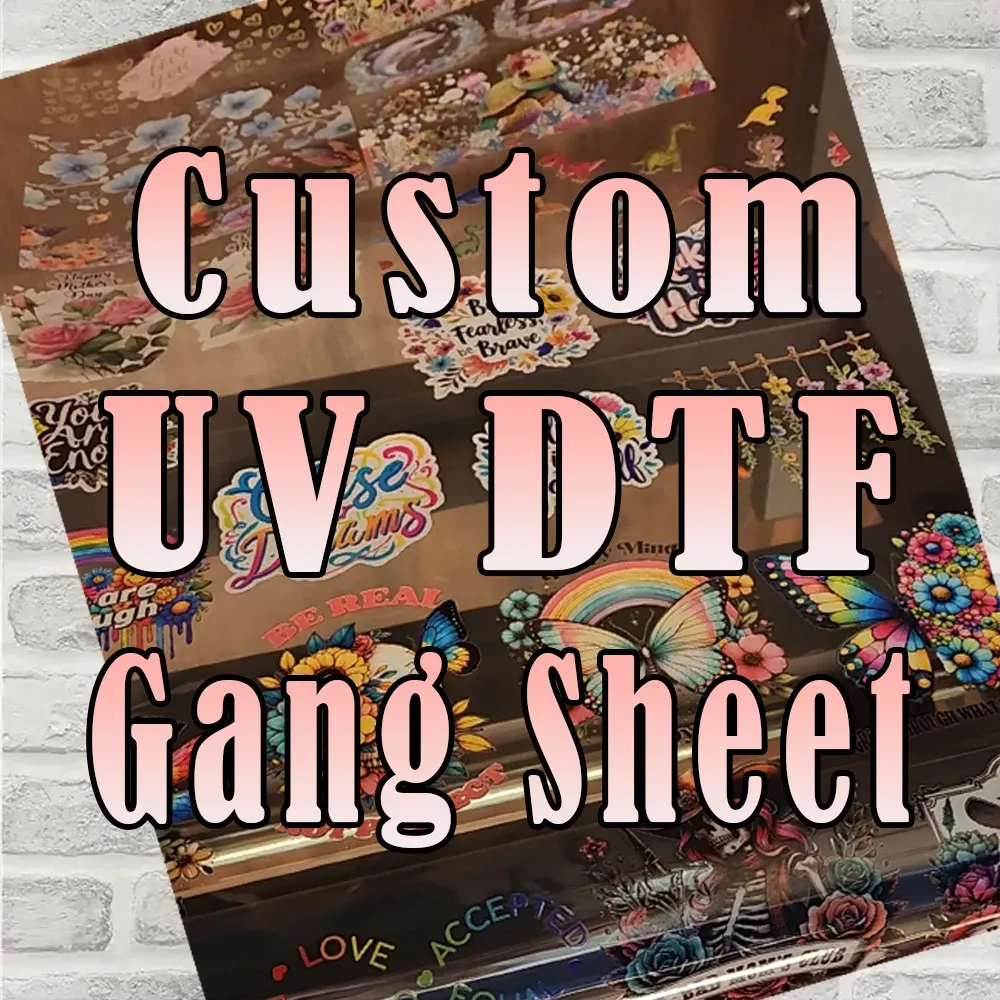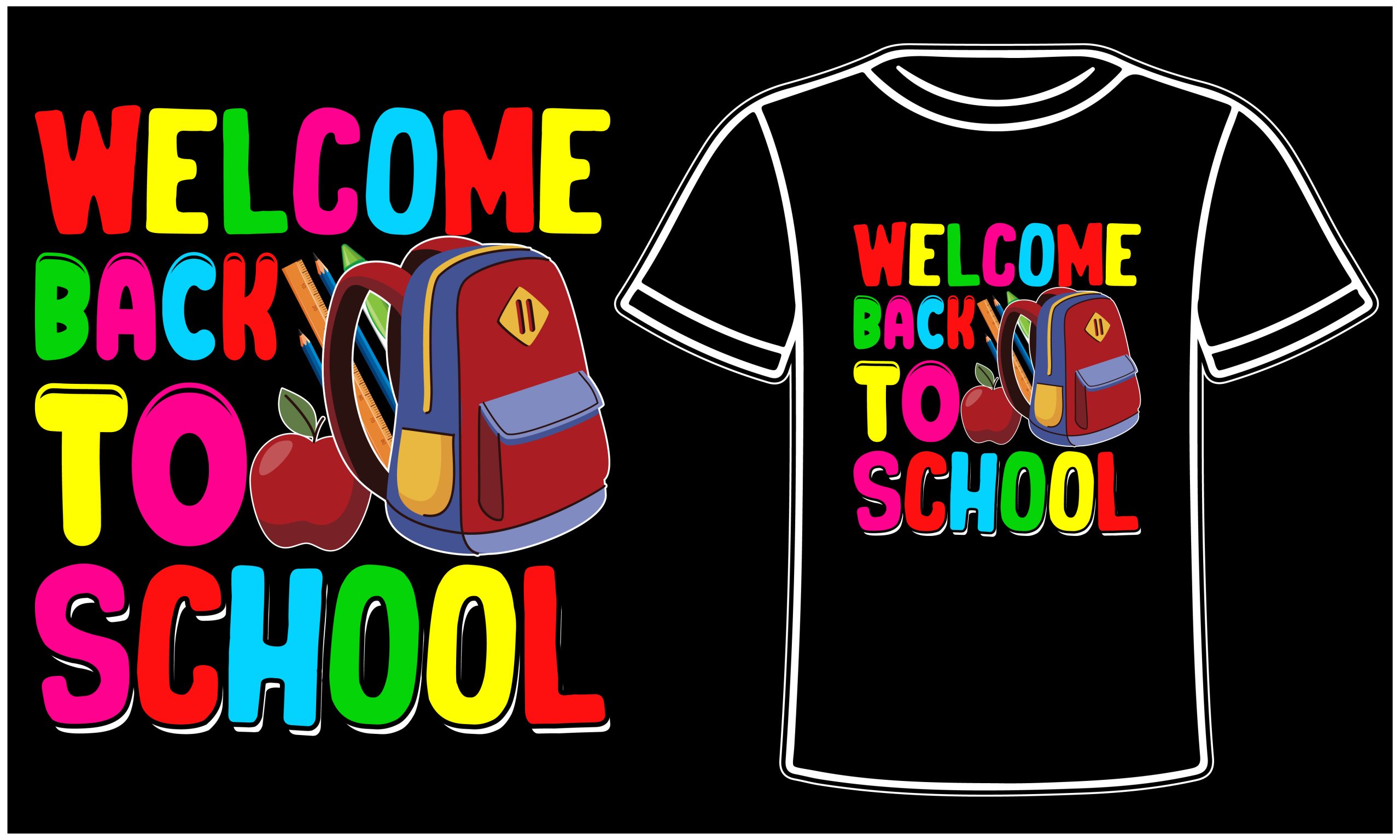UV DTF Printing: Maximize Your Designs Effectively
In the realm of modern printing innovation, UV DTF printing stands out as a transformative technique that merges the dynamic capabilities of Direct to Film printing with cutting-edge technology. This method allows designers to achieve high-resolution prints on various substrates, opening up new avenues for creativity and product personalization. As sustainability becomes a pivotal concern, UV DTF printing is increasingly recognized for its eco-friendly practices and reduced waste, making it a compelling choice for conscientious consumers and businesses alike. Moreover, its ability to deliver vibrant colors and finely detailed images positions UV DTF printing at the forefront of current printing technology trends. By embracing this revolutionary technology, artists and entrepreneurs can maximize their designs and meet the evolving demands of the market.
Often referred to as UV printing on film or advanced Direct to Film printing, UV DTF printing is rapidly gaining traction among businesses seeking to elevate their branding efforts. This innovative printing process merges the principles of traditional DTF methods with state-of-the-art UV curing technology, enabling high-quality outcomes that cater to diverse material types. As printing technology trends shift towards more sustainable solutions, UV DTF presents an efficient approach to reduce environmental impact while maintaining exceptional print quality. The versatility of printing on various substrates ensures that your creative visions can be realized across different products, from textiles to hard surfaces. In a market that increasingly values quality and sustainability, adopting these advanced printing techniques sets businesses apart and drives success.
What is UV DTF Printing and How Does It Work?
UV DTF printing, or UV Direct to Film printing, represents a cutting-edge innovation in the realm of printing technologies. This process combines traditional Direct to Film (DTF) methods with ultraviolet (UV) curing techniques to create vibrant and durable prints. By printing images directly onto a film and transferring them to various substrates, UV DTF printing excels in producing high-resolution prints that can withstand wear and are visually striking. Unlike conventional methods, which may only adhere to fabric, UV DTF printing expands possibilities to include materials like plastics, metals, and wood, making it an invaluable tool for businesses seeking versatility in their product offerings.
The process starts with high-quality designs being printed onto a special film using UV-curable inks, which chemically react to UV light. This instant curing process ensures that the inks dry quickly, preventing the smudging or bleeding that can occur with slower-drying inks. As a result, designs retain their intricate details and vibrant colors, offering high-definition outputs that are essential for branding, promotional items, and personalized products. The adaptability of UV DTF printing means it can cater to a wider audience, from artists and graphic designers to businesses looking to expand their product ranges.
Exploring the Benefits of UV DTF Printing
One of the most significant advantages of UV DTF printing is its enhanced color vibrancy and detail, which predominantly stems from the use of advanced ink technologies. The highly pigmented inks used can produce prints that stand out in both appearance and quality. For companies in sectors where visual impact is key—such as fashion, advertising, and home decor—UV DTF printing can provide a competitive edge. With the ability to produce intricate patterns and vivid colors that accurately represent the original design, businesses can expect to attract more customers and enhance brand loyalty.
Moreover, UV DTF printing is also compatible with a vast array of materials, further expanding the horizons for product development. Businesses can print on textiles, plastic, metals, and even paper products with ease, making it an ideal solution for producing bespoke promotional items and high-quality consumer goods. This versatility opens avenues for creativity and product diversity, allowing companies to cater to specialized niche markets that may have previously been unattainable with traditional printing methods.
Sustainable Practices in UV DTF Printing
As businesses strive to adopt greener practices, UV DTF printing stands out as a sustainable option in the printing industry. This method generally utilizes eco-friendly inks that emit lower levels of volatile organic compounds (VOCs), making it a safer choice for both the environment and the operators. The reduction of waste is another vital aspect, as UV DTF printing eliminates the need for transfer papers typically required in conventional printing processes, thus minimizing material consumption and landfill contributions.
Additionally, the energy efficiency of UV LED curing enables quicker production times without the downsides associated with some traditional curing methods. This not only streamlines operations but also reduces energy usage, supporting sustainability goals. As environmentally-conscious consumers continue to grow in number, businesses integrating UV DTF practices can take pride in offering products that align with the principles of eco-friendliness, helping to enhance their brand’s reputation in the market.
Cost Efficiency in UV DTF Printing
Adopting UV DTF printing can lead to significant cost savings in various aspects of the printing process. Firstly, the quick dry times associated with UV curing allow for faster production runs, enabling businesses to fulfill orders promptly and increase their output without sacrificing quality. This reduction in idle time can lead to increased revenue potential, as companies can undertake more projects in a shorter timeframe.
In addition, UV DTF printing’s ability to print on multiple substrate types minimizes setup times and costs. Businesses can reduce the number of setups required for different printing jobs, leading to savings on materials and labor. This multifaceted approach to cost efficiency not only boosts profit margins but also allows companies to remain competitive in an ever-evolving market.
Maximizing Designs for UV DTF Printing
To achieve the best results with UV DTF printing, designers must optimize their artwork for this specific technology. Starting with high-resolution images is crucial, as lower-quality visuals can lead to disappointing print results. Designers should ensure their elements are compatible with the intricacies of the UV DTF process; for instance, avoiding overly fine lines or intricate details that may not translate well onto the film or substrate.
Furthermore, striking a balance between color vibrancy and design complexity is essential. Bold colors and clear structures often yield better results, helping businesses create designs that are not only visually appealing but also suitable for the printing method. By carefully adjusting their designs based on these principles, companies can maximize the potential of UV DTF printing, leading to impactful branding and product success.
Staying Ahead of Industry Trends in UV DTF Printing
Aspiring professionals and established businesses alike must stay informed about the latest trends and advancements in UV DTF printing to maintain a competitive edge. This includes monitoring developments in ink formulations that enhance color and durability, as well as exploring new substrates that broaden the scope of design possibilities. Keeping up with industry innovations can provide valuable insights into better practices and emerging technologies that can benefit one’s printing operations.
Engaging with peer communities, attending workshops, and participating in webinars can significantly enhance understanding and proficiency in UV DTF printing. This communal learning approach not only fosters collaboration among designers and printers but also helps cultivate a network of support that can lead to fresh ideas and innovations. By actively seeking out educational resources, businesses can refine their techniques and remain responsive to market changes, ultimately translating to greater success in their printing endeavors.
Frequently Asked Questions
What is UV DTF Printing and how does it work?
UV DTF Printing, or Ultra Violet Direct to Film printing, combines UV printing technologies with direct to film methods. This process involves printing images directly onto a special film that can be transferred to various substrates, including textiles, plastics, and metals. The ink is cured using UV LED lights, ensuring rapid drying and vibrant colors that stand out.
What are the advantages of UV DTF printing compared to traditional DTF printing?
UV DTF printing offers several advantages over traditional DTF printing, including enhanced material compatibility—allowing printing on a wide range of substrates—higher-resolution printing for greater detail, and faster curing times that improve productivity. Additionally, UV DTF techniques typically use eco-friendly inks, aligning with sustainable printing practices.
Can UV DTF printing be used for sustainable printing techniques?
Yes, UV DTF printing is a viable option for sustainable printing techniques. The process generally utilizes eco-friendly inks that emit lower levels of VOCs and eliminates the need for transfer papers, reducing waste. This makes UV DTF an environmentally friendly printing solution that meets growing demands for sustainability.
What types of surfaces can be printed on using UV DTF printing techniques?
One of the significant benefits of UV DTF printing is its versatility in printing on various substrates. It can be used on textiles, plastics, metals, wood, glass, and more, allowing businesses to create diverse products that cater to different markets and applications.
How does UV DTF printing ensure high-resolution prints?
UV DTF printing ensures high-resolution prints by utilizing advanced ink formulations and the precise application of UV LED curing technology. The rapid curing process preserves the integrity of intricate designs, allowing for vibrant colors and exquisite details that enhance the overall visual appeal of the printed materials.
What are the current printing technology trends related to UV DTF printing?
Current printing technology trends in UV DTF printing include innovations in ink formulations that improve color vibrancy and sustainability, advancements in printing equipment that enhance speed and precision, and the growing integration of automation in production workflows. Additionally, industry professionals are increasingly focusing on community engagement and educational resources to stay ahead in this evolving field.
| Key Points | Description |
|---|---|
| Understanding UV DTF Printing | Merges UV printing with DTF methods; prints on film then transfers to substrates, allowing for vibrant and lasting prints on various materials. |
| Enhanced Color Vibrancy and Detail | Offers unparalleled color depth and intricate details suitable for stunning visuals needed for marketing materials. |
| Material Compatibility | Compatible with textiles, plastics, metals, and more, making it versatile for different product offerings. |
| Sustainability Focus | Uses eco-friendly inks that reduce waste and decrease environmental impact. |
| Cost Efficiency | Faster production translates to increased revenue; compatible materials lower setup costs. |
| Educational Resources and Community Support | Websites and community resources are available for learning best practices in UV DTF printing. |
Summary
UV DTF Printing is revolutionizing the creative process by combining innovative techniques with sustainability. This printing method not only enhances the visual appeal of designs through vibrant colors and intricate details but also offers versatility across various materials, such as textiles, metals, and plastics. As businesses increasingly prioritize eco-friendly practices, UV DTF printing stands out by utilizing low-VOC inks and minimizing waste. By adopting UV DTF printing techniques, designers and companies can elevate their branding efforts, engaging a wider audience with high-quality, unique products that meet modern expectations. This forward-thinking approach ensures that prints captivate viewers while supporting a sustainable future, allowing creativity to flourish in a responsible manner.







